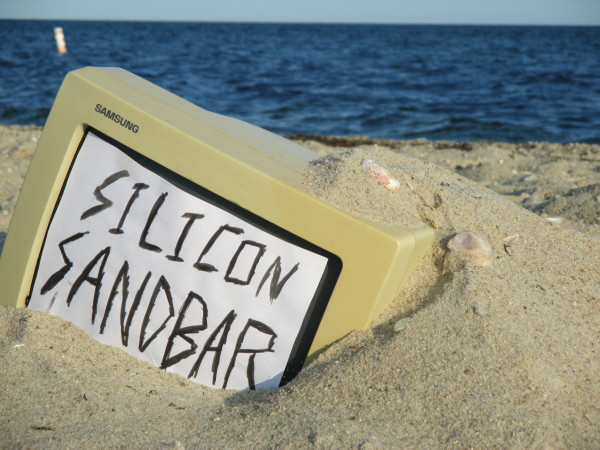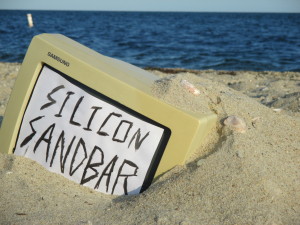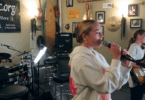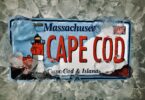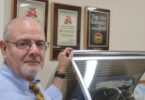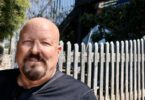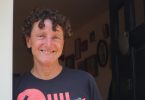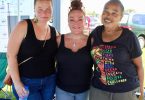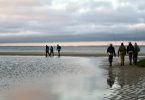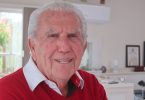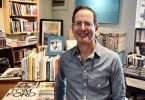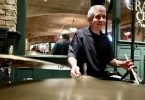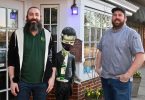Whatever happened to the Silicon Sandbar?
Around the turn of the century, the Cape Cod Technology Council marketed the Cape as such – a thriving high-tech paradise ready to go toe-to-toe with Silicon Valley, Route 128, and all other tech-centric places on Earth. That marketing plan has long been buried.
“A lot of people want to divorce themselves of the idea that the Silicon Sandbar ever happened,” said Peter Karlson, entrepreneur-in-residence for the Cape Cod Chamber of Commerce, and former president of the Cape Cod Technology Council. “It was a downturn bubbly kind of thing,” he said.
While many feel that the old audacious label was an overreach, and the Tech Council seemed to acknowledge as much when it stopped using the moniker, Bert Jackson, former president of the CCTC pointed out, “technology has become more ubiquitous in our lives than it was 15 years ago when the Silicon Sandbar was the thing.”
In other words, optimistically there is no longer a need to label Cape Cod the Silicon Sandbar because the whole world is now a silicon world.
“I think actually the opportunity now is much greater than it was back then,” said Paula Hersey, current president of the CCTC. “The ability to be a solo entrepreneur is amazing. If you have a support network and some bad-ass gumption, you can pretty make whatever you want.”
![]() Once Upon A Time, A Thriving Silicon Wannabe
Once Upon A Time, A Thriving Silicon Wannabe
In the late 1990s, about the same time that the Silicon Sandbar emerged, almost 100 other Silicon Valley wannabees popped up across America. There was everything from the Silicon Swamp to the Silicon Prairie, and here on Cape Cod, the Silicon Sandbar was “a grand vision,” said Karlson.

